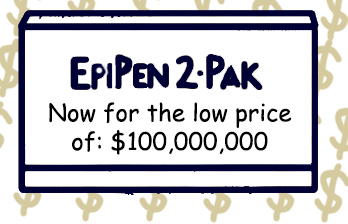Rating system imposed by the state stigmatizes schools
Less wealthy schools set up for failure and judged unfairly by A-F letter grades
February 23, 2017
When the state released preliminary letter grades as part of a new accountability system in early January, the results did not look good for most school districts across the state.
And in Austin, the results were similar to those across the state. Schools like Akins with large numbers of socioeconomically disadvantaged students received average- to low-letter grades. As you might expect, schools with wealthier parents scored As and Bs.
The idea of using letter grades to rate schools and school district performance was pitched by supporters as a simple means for parents and community members to understand how schools are doing academically. However, critics of this system say that it does not accurately describe the positive things that are happening in these schools by using vague and oversimplified letter grades.
In fact, school districts across the state, including Austin, have passed resolutions opposing the use of such A-F rating systems. They say the system is heavily weighted toward STAAR scores, which makes up 55 percent of a school’s rating.
There are four other categories that schools and districts are being graded on besides STAAR scores, including how much students improve each year on STAAR, attendance, how the school closes the academic gaps between low- and high-income students and how well prepared students are for college and careers.
There is a reason why students with low-income backgrounds are called disadvantaged. This system of letter grades will do nothing but punish disadvantaged students and schools who have to work much harder to achieve at the levels the state is requiring to earn an A.
This flawed system will do nothing to fix the real problem with public education, which is to provide adequate funding to support schools to help them boost educational performance.
Another problem with this is that the testing is going to be done in a way that is completely different to most people, starting this year. The STAAR and MOY testing is now being done on the laptops that move around the school, called COW’s. This not only takes away the familiarity of paper testing. Making students less prepared for testing this year because of this technical change and will likely make scores suffer all across the state, for both students and their schools.













